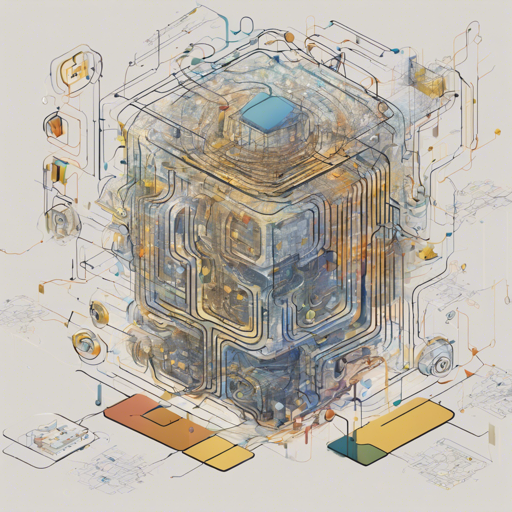Welcome to your step-by-step guide on creating a state-of-the-art question answering model powered by DistilBERT! In this article, we will walk through the process of fine-tuning a pre-trained DistilBERT model on the SQuAD2.0 dataset and a custom Question Answering (QA) dataset.
What You’ll Need
- Google Colab or your own local setup with Python installed
- Access to the SQuAD2.0 dataset
- Your custom QA dataset in JSON format
- Basic knowledge of Python and machine learning concepts
Setting Up Your Environment
The first step is to set up your environment. If you’re using Google Colab, simply create a new notebook. Ensure you have the necessary libraries installed. You can do this by running the following command:
!pip install transformers datasetsThe Training Process
Now that your environment is set up, we can dive into the training process. Think of training a model like coaching a sports team — you have your players (the model), the tactics (training parameters), and the matches (datasets) they need to practice on. Let’s break down the command you need to run for training:
!python3 run_squad.py \
--model_type distilbert \
--model_name_or_path content/distilbert_base_384 \
--do_lower_case \
--output_dir content/model \
--do_train \
--train_file $data_dir/additional_qa.json \
--version_2_with_negative \
--num_train_epochs 3 \
--weight_decay 0.01 \
--learning_rate 3e-5 \
--max_grad_norm 0.5 \
--adam_epsilon 1e-6 \
--max_seq_length 512 \
--doc_stride 128 \
--threads 12 \
--logging_steps 50 \
--save_steps 1000 \
--overwrite_output_dir \
--per_gpu_train_batch_size 4Understanding the Command
This command is like setting a detailed game plan for our team:
- model_type distilbert: Specifies the type of model we are using.
- model_name_or_path: Points to the pre-trained DistilBERT model.
- do_train: Indicates we want to train the model.
- train_file: The custom dataset we will use to train.
- num_train_epochs: Number of times we will iterate through the training dataset.
- learning_rate: Controls how much the model updates during training.
- max_seq_length: Specifies the maximum length of the input sequences.
- save_steps: Frequency of saving model checkpoints.
In summary, you’re preparing your model (team) to tackle the challenges (questions) using the strategies (parameters) we’ve set in our command.
Troubleshooting Tips
Sometimes, you might encounter issues while training. Here are a few troubleshooting ideas:
- Training Errors: Ensure your datasets are correctly formatted and accessible.
- Memory Issues: If you run out of memory, consider lowering the per_gpu_train_batch_size.
- Slow Training: If training takes too long, verify your Colab instance is using a GPU.
- Environment Errors: Double-check that all required libraries are installed.
For more insights, updates, or to collaborate on AI development projects, stay connected with fxis.ai.
Conclusion
Congratulations! You now have a solid understanding of how to build and train a question answering model using DistilBERT. By leveraging powerful datasets and the robust DistilBERT architecture, you’re well on your way to building AI that understands and answers human queries.
At fxis.ai, we believe that such advancements are crucial for the future of AI, as they enable more comprehensive and effective solutions. Our team is continually exploring new methodologies to push the envelope in artificial intelligence, ensuring that our clients benefit from the latest technological innovations.

